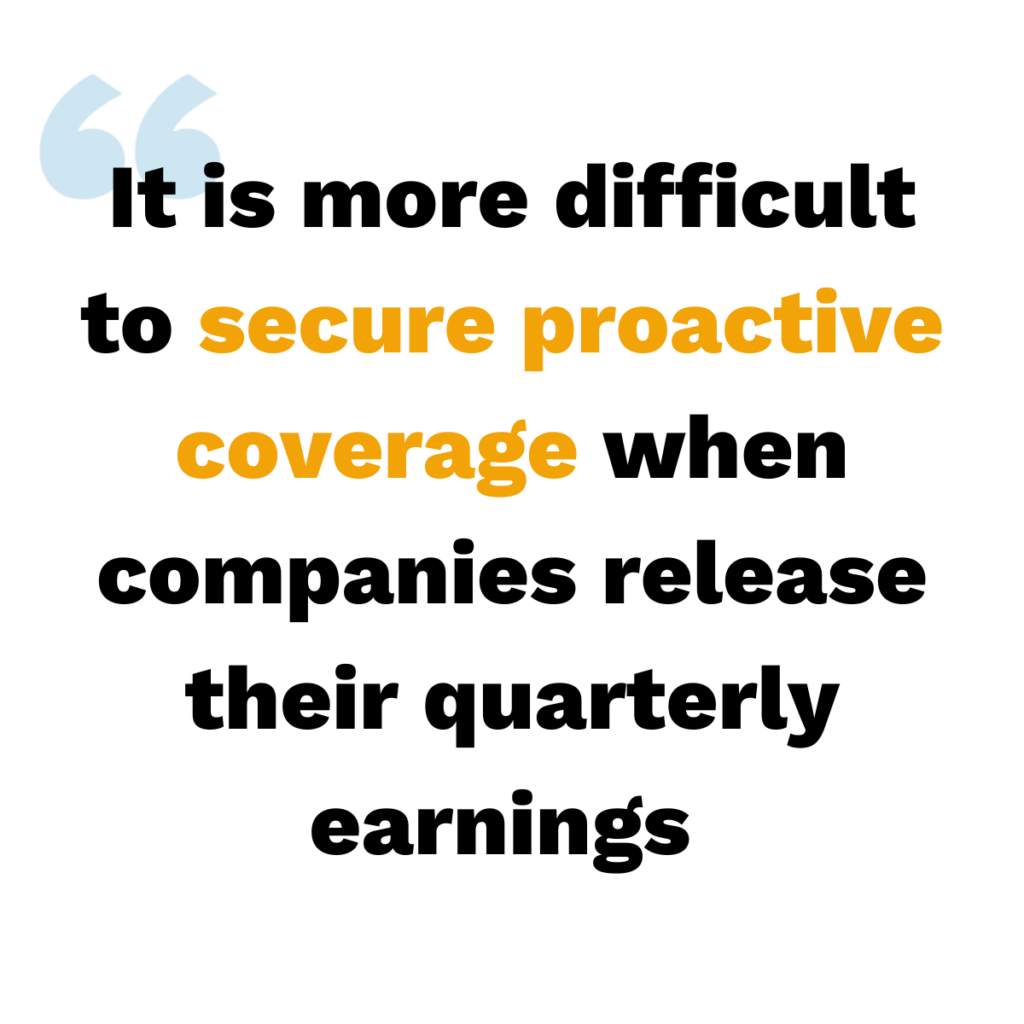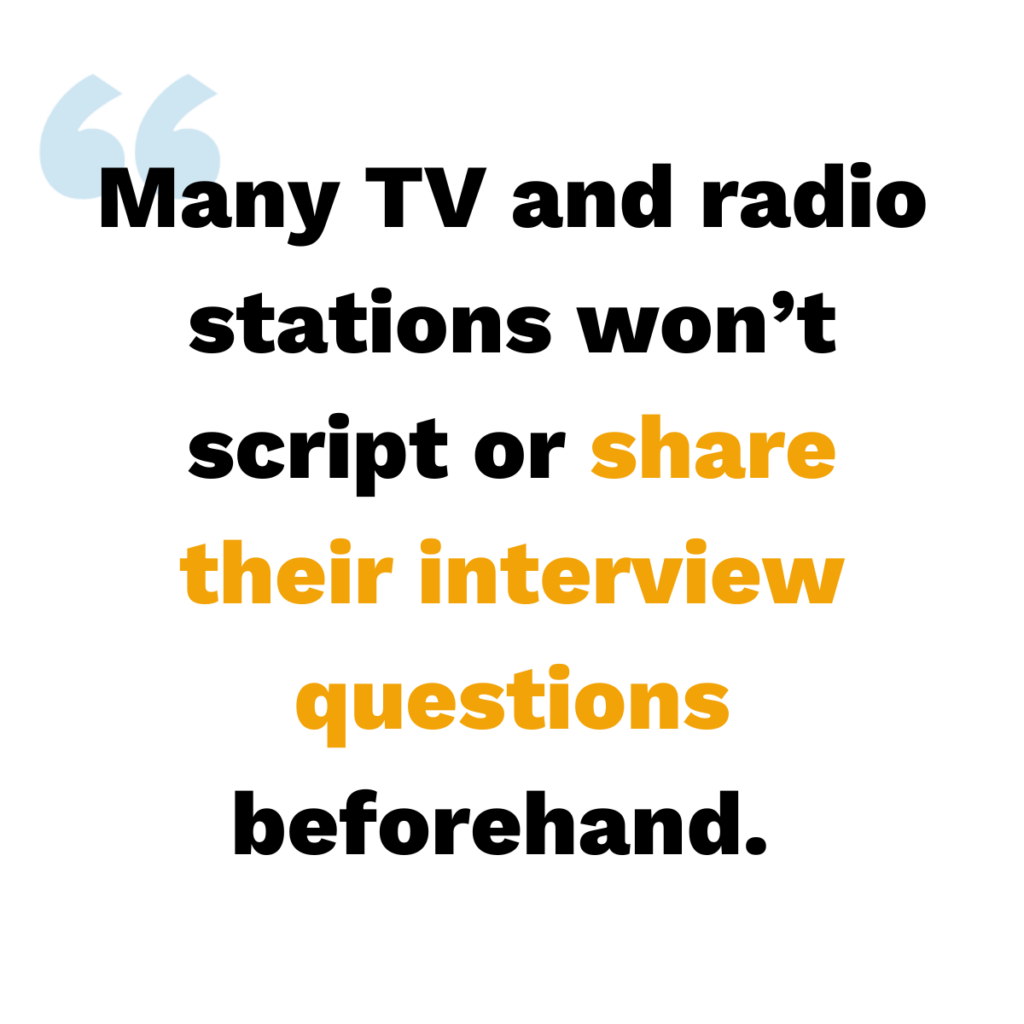Learnings from broadcast journalists
There’s no better way to develop your PR skills than hearing what makes a great story or pitch directly from a journalist.
Here at The Flywheelers, I’m surrounded by a wealth of PR experience and knowledge. But what’s been pivotal to refining my media relations skills is that I’m actively encouraged to spread my wings and attend sessions with journalists – to learn exactly how they like to operate, how best to pitch to them, and how to secure great coverage for our clients.
Recently, I’ve had the pleasure of listening to insights from TV and Radio journalists, including CNBC Europe’s Tessa McCann, Sky News’ Lucy Plint and Times Radio’s Rose Wright.
And now I’m here to tell you some of the vital lessons on best practice broadcast that I’ve learnt…
Find the perfect target
Before you even begin pitching to journalists, we first need to identify the most appropriate contact. So we always do our research. Which journalists have covered my client’s sector before? Who is the most relevant journalist from my target outlets? Does this journalist want stories for their news bulletins or are they looking for expert guests? These are all questions we need to ask ourselves.
Sending press releases to a journalist who doesn’t feature news won’t secure coverage. If anything, it’ll annoy them and that could harm the relationship when it comes to future pitches. Some teams, like Sky News, have a planning team devoted to scheduling interviews and gathering expert perspectives. You wouldn’t know that without researching… or from hearing directly from Sky News’ Output Editor in person.
Timing is also key with TV and radio, which go on air early, and have their schedule largely planned out the day before. This means you’ll need to pitch days or sometimes even weeks in advance, unless the news is fresh, as they do keep slots open for breaking stories.
It matters when you pitch
One of the best ways to ensure your story gets covered is to time it properly. For example, Rosie Wright from Times Radio explained that there are more opportunities for creative pitches when Parliament goes into its summer recess. Whereas Tessa McCann from CNBC highlighted how it is more difficult to secure proactive coverage when companies release their earnings each quarter.
Timeliness is key. And that’s why we always show in our pitches why this news relevant to what’s going on now and why our client is the best person to speak on it.

Simplicity is key
When it comes to developing your pitch, every journalist I’ve heard from has said the same thing – Keep. It. Simple.
Journalists receive a huge number of emails from PRs hoping they’ll feature their client. So, whether we’re pitching a thought leadership article, interview or news via a press release, concision and clarity are key.
Our job is to give the journalist everything they need. They shouldn’t have to do further research to get the full context. So, beyond the news hook, we make sure to include background on the topic and our client, any visuals we can offer, and previous videos of our clients appearing on broadcast to show how they come across.
Prepare to make the most of the opportunity
But our job isn’t done once we’ve secured an opportunity for our client to appear on TV or radio – we make sure to brief them to help them prepare to make the best of the opportunity.

And while we certainly don’t want them to be unprepared when they turn up for the interview, one of the great tips we’ve learnt from our sessions with lead broadcast journalists is that it’s just as important to ensure they’re not overprepared either.
Many TV and radio stations won’t script or share their interview questions beforehand. While this can make some people nervous, we encourage our clients to see it as an opportunity to platform their expertise. This is where you can showcase their true value as a thought leader, not just a salesperson.
Even broadcast journalists are Zoom-ed out
Lockdown changed the way many TV and radio stations featured interviews with guests. Zoom became the new norm, and while that is still commonplace, every journalist I’ve heard from would rather conduct in-person interviews when possible.
Of course, this doesn’t mean they’ll turn down a video or even an audio interview with an exceptional thought leader, but we know the importance of having our clients’ availability for both remote interviews and for invitations to the studio itself.
By Alex Federico, Account Executive at The Flywheelers
If you want to make more of broadcast media, get in touch at [email protected].














